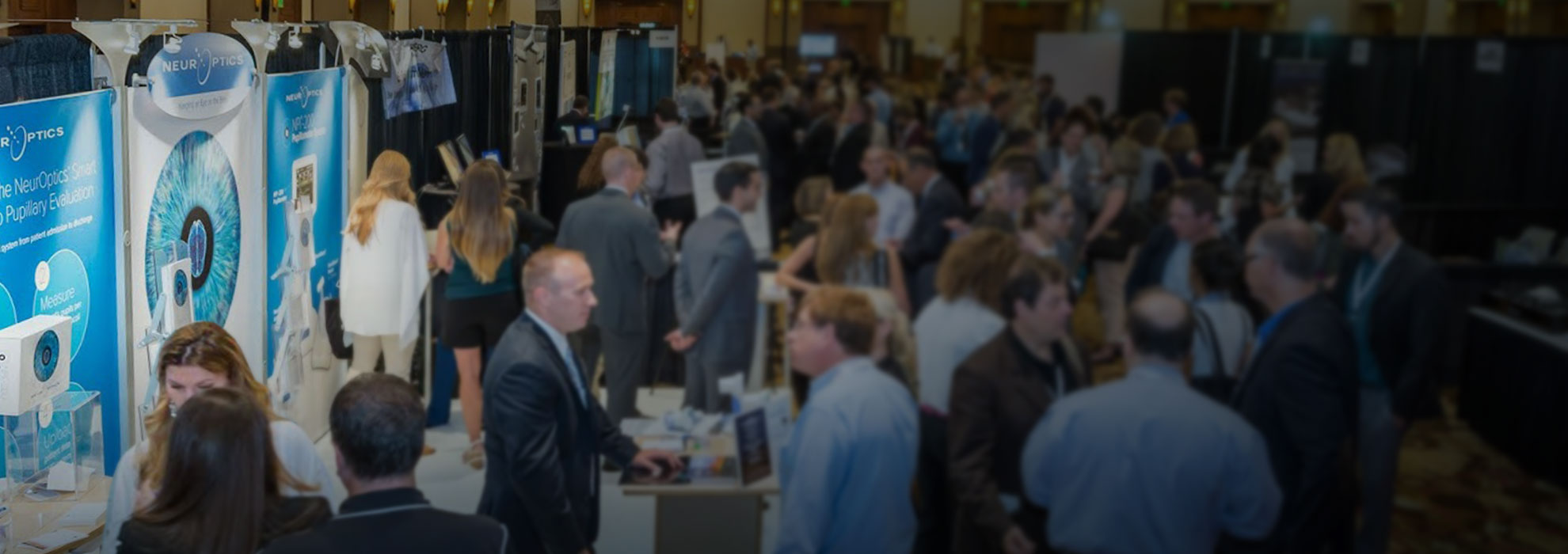December 1, 2018 – New Pupillometry Study Published in Intensive Care Medicine
PARIS, FRANCE –
A new pupillometry study was published in the December edition of Intensive Care Medicine, the official journal of the European Society of Intensive Care Medicine (ESICM) and the European Society of Paediatric and Neonatal Intensive Care.
The study, “Quantitative versus standard pupillary light reflex for early prognostication in comatose cardiac arrest patients: an international prospective multicenter double-blinded study”, was authored by Mauro Oddo, Claudio Sandroni, Giuseppe Citerio, John-Paul Miroz, Janneke Horn, Malin Rundgren, Alain Cariou, Jean-François Payen, Christian Storm, Pascal Stammet and Fabio Silvio Taccone,, from 10 centers across 8 European countries.
The purpose of the study was to assess the ability of quantitative pupillometry [using the Neurological Pupil index™ (NPi®)] to predict an unfavorable neurological outcome 3 months after cardiac arrest (CA), evaluating 456 subjects. The study concluded quantitative NPi had excellent ability to predict an unfavorable outcome from day 1 after CA, with no false positives, and significantly higher specificity than standard manual pupillary examination. The study can be viewed here.




